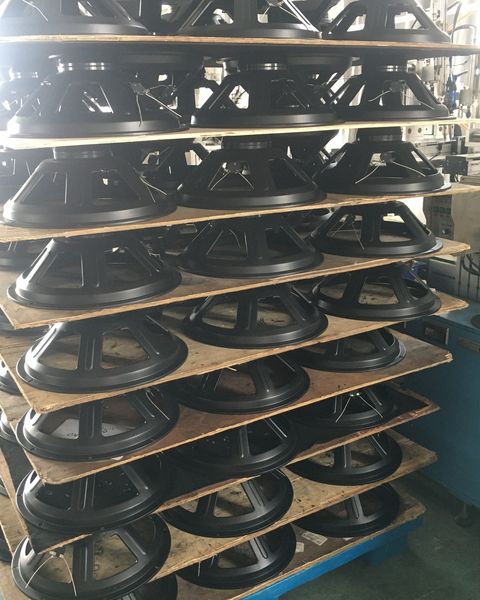

In today’s digital age, music has become an integral part of our daily lives. From home entertainment to professional audio production, speakers are one of the key pieces of equipment we use to enjoy music. However, understanding the speaker material is critical to achieving great sound quality and performance. This article takes a deep dive into the key influences of speaker material on sound quality and performance.
Diaphragm material:
The speaker’s diaphragm is a key part of producing sound, so its material is critical to sound quality. Common diaphragm materials include paper, polymer, metal and ceramic. Each material has different sonic characteristics. For example, paper diaphragms typically provide a warm and natural sound, while metal diaphragms can be richer in detail and brightness. Choosing a diaphragm material is a matter of personal musical preference, but quality and craftsmanship are also very important.
Sound distortion:
Speaker material can affect the level of distortion in the sound. Distortion refers to the degree to which the sound output by the speaker does not correspond to the input signal. High-quality materials and workmanship can reduce distortion and ensure more accurate and realistic sound. Speakers with lower distortion can better reproduce the details of music, resulting in higher quality sound.
Frequency response:
The material a speaker is made of also affects its frequency response. Frequency response refers to the volume output of a speaker at different frequencies. Different materials respond differently to sounds of different frequencies. To achieve balanced sound quality, manufacturers typically select materials to ensure that the speakers can accurately reproduce bass, mids, and highs.
Durability:
The material of the speaker is also related to its durability. High-quality speakers usually use strong materials and precision manufacturing processes to ensure their stable operation for a long time. This is especially important for professional audio production and applications requiring high performance.
Dimensions and design:
The size and design of a speaker also affects its performance. Larger speakers are generally capable of deeper bass, while smaller speakers may be better suited for clear highs. The design can also improve sound dispersion and localization for a better audio experience.
Overall, an in-depth understanding of speaker materials is critical to choosing the right audio equipment. When shopping for speakers, consider not only the brand and price, but also the material, workmanship, and sound characteristics. Only when these factors are fully considered, can you obtain excellent sound quality and performance, and make music bring greater enjoyment in your life.
